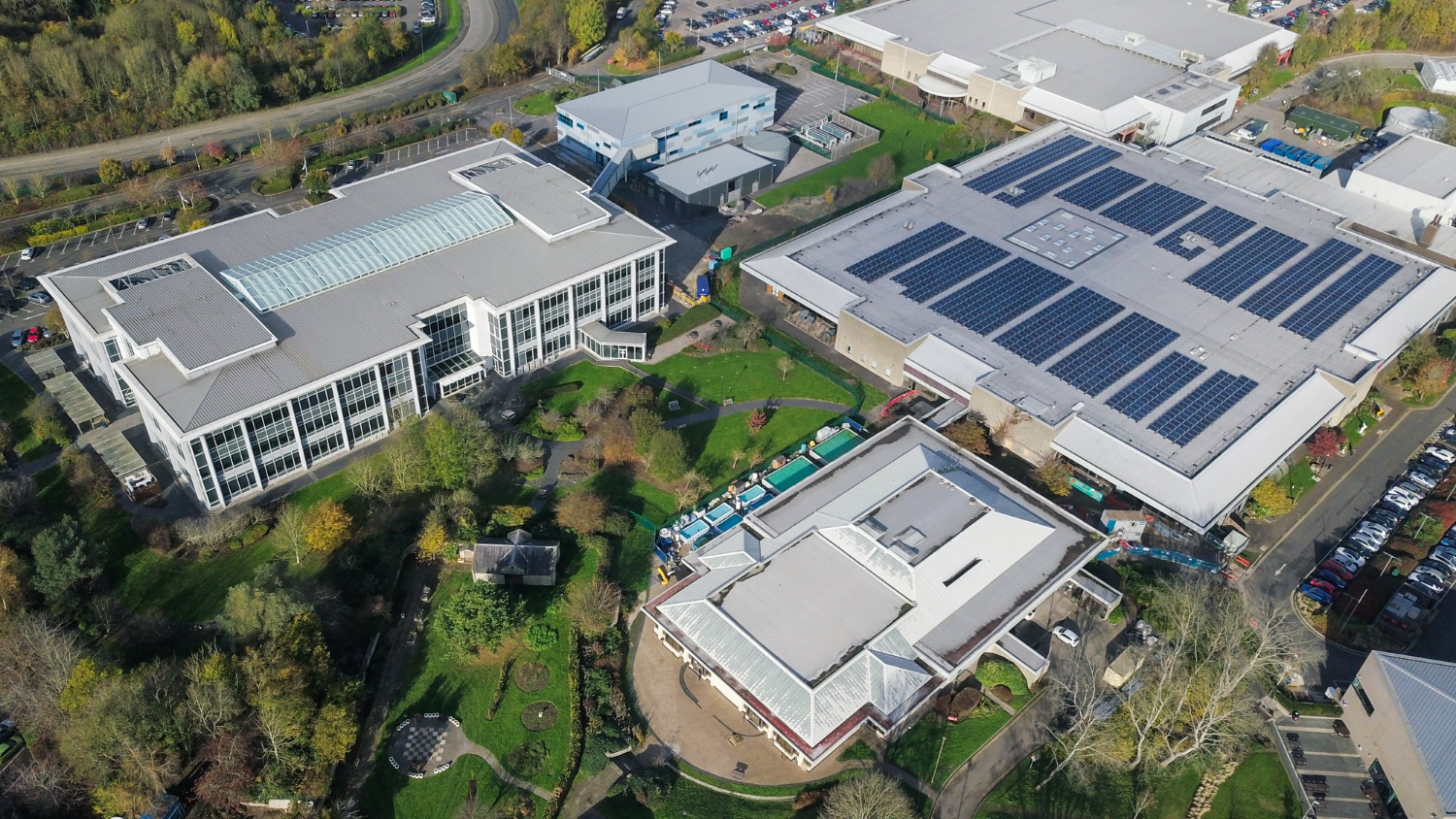Why Is an Agro-Logistic Park Is Different Multi-Modal Logistic Park

India’s logistics network can be complicated to grasp, but understanding the difference between an agro-logistic park and a multi-modal logistic park opens the door to powerful new opportunities. This blog will explain how these two types of logistics parks play key roles in improving supply chains, lowering costs, and supporting farmers, businesses, and manufacturers across the country. You’ll get clear, practical insights into India’s growing logistics park ecosystem that can transform how goods are moved and stored.
What is an Agro-Logistic Park?
An agro-logistic park is a specialized hub focused entirely on boosting agricultural logistics solutions. It gives farmers, processors, and exporters access to facilities tailored for agricultural products, including cold storage, packaging plants, warehouses, and processing units. This type of park protects fresh and perishable goods, reducing losses and keeping quality intact from farm to market. The goal is simple: strengthen the entire agricultural supply chain while cutting waste through effective storage and timely transport. Think of it as a secure, dedicated space where farm products get the expert care and speed they deserve.
What is a Multi-Modal Logistic Park?
In contrast, a multi-modal logistics park is a large, well-equipped logistics center that combines all major transport modes (road, rail, air, and waterways) under one roof. These parks cover wide areas and feature mechanized warehouses, cold storage, and value-added services serving many industries, including agriculture, manufacturing, and e-commerce. Their main strength lies in smooth cargo handovers between different transport modes, which reduces costs, saves time, and lowers environmental impact. With Customs clearance, packaging, labeling, and IT tracking all on-site, these parks provide unmatched efficiency. For India’s vision of becoming a $5 trillion economy, multi-modal transportation in India depends greatly on these facilities.
Why the Difference Matters in India’s Logistics Revolution
Logistics park in India landscape is rapidly advancing, making it important to know which type fits your needs:
- Agro-logistic parks specialize in supporting agricultural logistics solutions with warehouses and cold storages designed for farm produce.
- Multi-modal logistic parks serve a wider range of goods, linking multiple transport networks to create cost-efficient, scalable hubs.
Each park lowers costs and speeds up movement but focuses on different sectors and users. The tailored services of agro-logistic parks preserve fragile farm goods, while multi-modal parks ensure smooth freight movement nationwide.
How Warehouses Power Up the Logistics Chain
Warehousing forms the lifeblood of both park types. It is where goods pause, get organized, repackaged, or refrigerated for freshness. Modern warehouses in both multi-modal logistic parks and agro-logistic parks use advanced technology to guard products against spoilage and speed up processing. For perishable farm goods, cold storage within agro-logistic parks is essential to maintain quality and reduce wastage. Meanwhile, multi-modal parks offer large-scale warehouses that secure bulk shipments and enable seamless last-mile delivery.
The Future of Logistics Parks in India
Government initiatives like Bharatmala Pariyojana and support from the Ministry of Road Transport and Highways promise a rapid rise in multi-modal logistic parks. Expansive projects across Chennai, Bangalore, and Guwahati aim to strengthen multi-modal transportation in India, enhancing connectivity and cutting freight charges. Simultaneously, the growth of agro-logistic parks dedicated to agricultural needs will empower farmers and agri-businesses across the nation. Together, these two park types are set to transform India’s logistics, making supply chains smarter, faster, and more reliable.
FAQs
1. What makes an agro-logistic park different from a multi-modal logistic park?
A. Agro-logistic parks focus on agriculture-specific needs like cold storage and processing, while multi-modal logistic parks connect various transport modes to handle diverse cargo efficiently.
2. How do logistics parks help reduce costs in agricultural logistics solutions?
A. They cut wastage and handling expenses by centralizing warehousing and offering streamlined transport connections, speeding up deliveries.
3. Why is multi-modal transportation important for India?
A. Combining road, rail, air, and waterways reduces delays and costs, decreases pollution, and supports India’s economic growth plans.
4. Can warehouses in these logistics parks handle perishable goods?
A. Yes. Especially in agro-logistic parks, warehouses have cold storage facilities to protect fresh produce throughout the supply chain.
Conclusion
This blog presents an easy-to-understand guide highlighting the distinct roles of agro-logistic parks and multi-modal logistic parks in shaping India’s agricultural logistics solutions, warehousing, and multi-modal transportation in India. For the best warehouse leasing service, expert guidance on logistics parks and supply chain innovation, visit our website at Scalar Spaces. Discover our services, explore, and stay connected by following us on Instagram.
Discover how India’s logistics park revolution is redefining efficiency and growth today!
